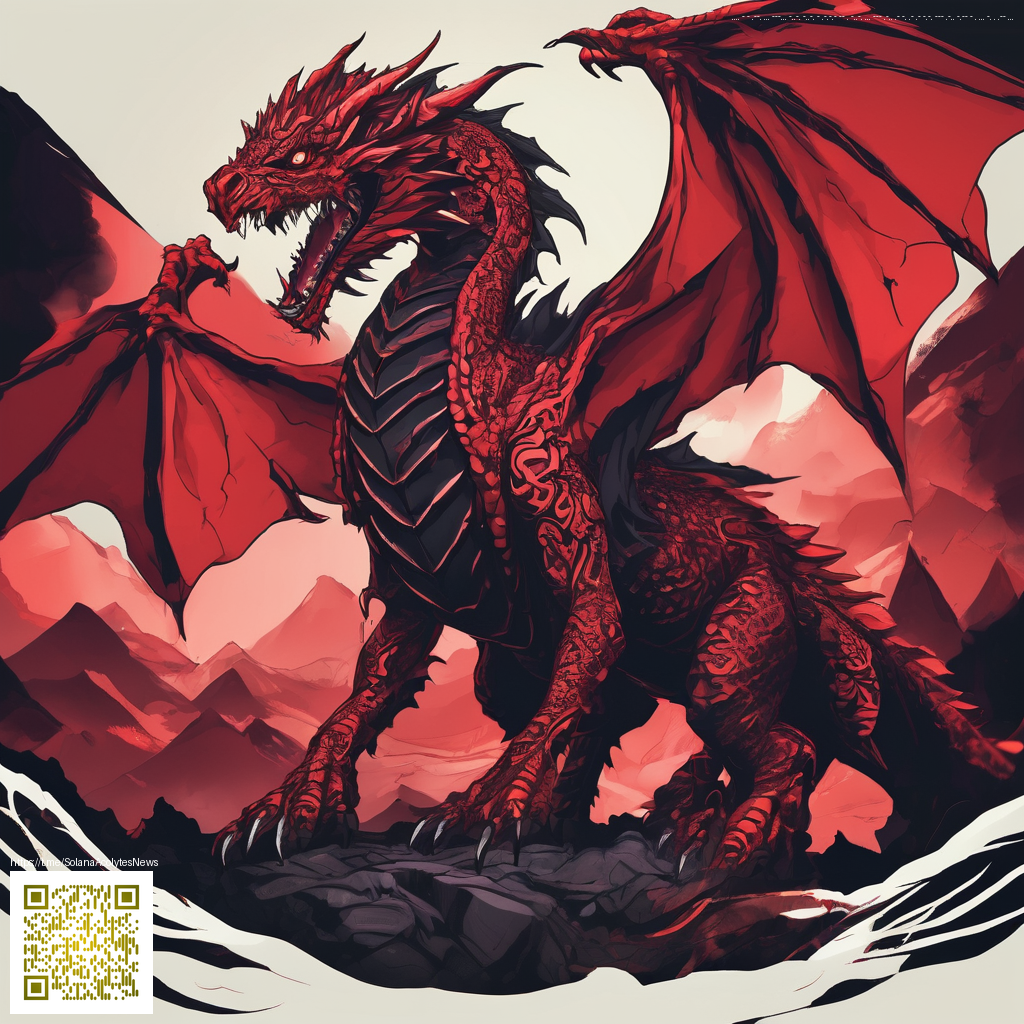
How to Create Custom GoodNotes Stickers for Digital Planning
In the world of digital planning, stickers are more than just pretty images—they’re functional cues that keep ideas organized and projects moving. Creating your own GoodNotes stickers lets you tailor colors, shapes, and typography to match your workflow, making planning feel less like a chore and more like a creative ritual. The goal is to design stickers that are visually clear on the screen, load quickly, and integrate smoothly with your existing note-taking habits.
What you’ll need to get started
- A design tool you’re comfortable with (Procreate, Illustrator, Affinity, or even a free option like Krita).
- A canvas size that looks crisp on high-resolution screens (a common starting point is 1500x1500 pixels for square stickers).
- Export formats that support transparency, typically PNG-24, so stickers blend seamlessly over pages.
- Organization essentials: folders or layers that group stickers by theme, color palette, or use-case.
- A GoodNotes-compatible workflow to import and arrange your stickers into memory-friendly packs.
Step-by-step guide to making your GoodNotes sticker packs
- Define your themes and grid. Sketch a few sticker ideas and decide how they’ll sit on a page. Many creators use a 4x4 or 5x5 grid so that a sticker sheet can fit neatly into a single page in GoodNotes.
- Design with clarity in mind. Use bold outlines, high-contrast colors, and simple shapes. Small screens demand legible icons and text; if a wordmark gets cramped, simplify the typography or use a compact sans-serif.
- Export with transparent backgrounds. PNGs with transparency preserve the sticker’s shape and make layering over notes look clean. Naming each file consistently (for example, task_deadline_orange.png) speeds up your import process later.
- Build a sticker pack that’s easy to import. Create a folder of PNGs and consider zipping it for quick transfer. If you prefer single-sticker exports, keep a catalog or index image that references each item.
- Import into GoodNotes and test usability. Open a notebook, switch to the sticker tool, and drag a few pieces onto a test page. Check legibility, size, and how well the stickers align with handwriting or text blocks.
“Great sticker packs aren’t just decorative; they’re intentional tools that accelerate planning and reduce cognitive load.”
Once you’ve honed your process, you’ll notice your digital planning becomes faster and more enjoyable. If you’re expanding your setup with accessories that support a mobile workflow, you might also explore reliable gear like the Slim Glossy Phone Case for iPhone 16, designed for everyday use when you’re sketching ideas on the go. This kind of practical accessory complements a focused planning routine, ensuring you’re ready to capture insights anywhere life takes you.
Tips for making stickers that stick
- Consistency is key: pick a small set of color families and apply them across all icons and labels.
- Leave breathing room: include negative space around elements so stickers don’t feel cramped when placed on busy pages.
- Test at multiple sizes: a sticker that looks great at 600% zoom may blur at smaller scales; adjust line weights accordingly.
- Name files thoughtfully: a predictable naming convention (category_style_color) helps you locate stickers quickly.
- Package thoughtfully: combine related stickers into a single pack or album within GoodNotes for easy access during planning sessions.
From concept to routine: making the craft your own
Designing custom stickers is as much about building a habit as it is about aesthetics. Start with a handful of go-to icons—checklists, clocks, flags, and arrows—and expand once you’ve established your visual language. The process becomes quicker with practice, and your sticker library will begin to reflect your planning personality: calm and monochrome, bold and vibrant, or playfully whimsical.
Sharing, organizing, and continuing the journey
As you accumulate more sticker packs, keep a compact catalog or index image that sits on your GoodNotes shelf. This makes it easier to choose the right sticker at the right moment, turning digital planning into a fluid rhythm rather than a series of small, isolated tasks. If you’re curious about how others are approaching the broader ecosystem of digital planning—along with compatible accessories and resources—you can explore related content on the page linked above.